Lupus, a complex autoimmune disease, causes the body’s immune system to attack its own tissues, leading to chronic pain, fatigue, and organ damage.
For decades, scientists have searched for the root causes of this unpredictable condition, hoping to unlock new treatments.
In July 2024, a team from Northwestern Medicine and Brigham and Women’s Hospital made a groundbreaking discovery.
They identified a potential “off switch” for lupus hidden within human DNA, offering fresh hope for millions of patients worldwide.
This genetic revelation marks a pivotal step toward understanding—and eventually controlling—lupus at its source.
1. Understanding Lupus: An Autoimmune Enigma
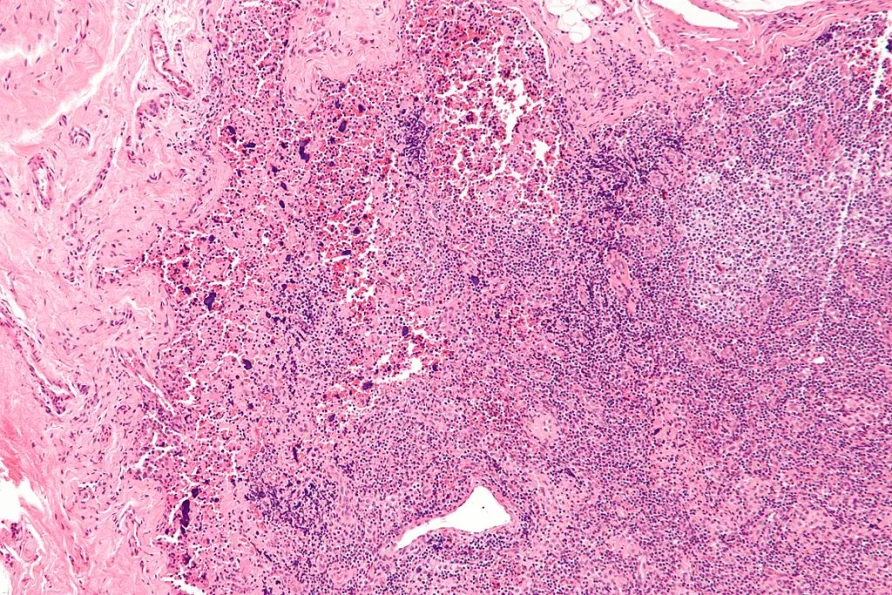
Lupus is a chronic autoimmune disorder where the immune system mistakenly targets healthy tissues and organs. This results in widespread inflammation and can impact the skin, joints, kidneys, and more. Like rheumatoid arthritis, lupus is unpredictable and varies greatly from person to person. Its complexity makes diagnosis and treatment challenging, affecting millions globally.
To learn more, visit the Lupus Foundation of America.
2. The Decades-Long Search for a Cure

For decades, the quest to cure lupus has been marked by frustration and slow progress. The disease’s complex symptoms and genetic variability have long stymied researchers, making it difficult to develop targeted therapies.
While advances in treating other autoimmune diseases have brought hope, lupus treatments have been mostly incremental.
Patients rely on medications that manage symptoms rather than address the underlying cause.
For a deeper dive, explore the NIH’s lupus resources.
3. Northwestern and Brigham: Collaborative Breakthrough

This remarkable discovery was made possible through a collaborative effort between Northwestern Medicine and Brigham and Women’s Hospital. By pooling their expertise in genetics and autoimmune research, the teams successfully identified a genetic “off switch” for lupus.
Their partnership demonstrates the impact of cross-institutional collaboration in tackling complex diseases.
For more details, visit Northwestern Now.
4. Publication in Nature: A Landmark Study

The team’s groundbreaking work was published in Nature in July 2024, one of the most respected scientific journals worldwide. This publication not only highlights the credibility of the findings but also signals their potential to transform lupus research.
Read the full study in Nature.
5. The AHR Pathway: What Is It?
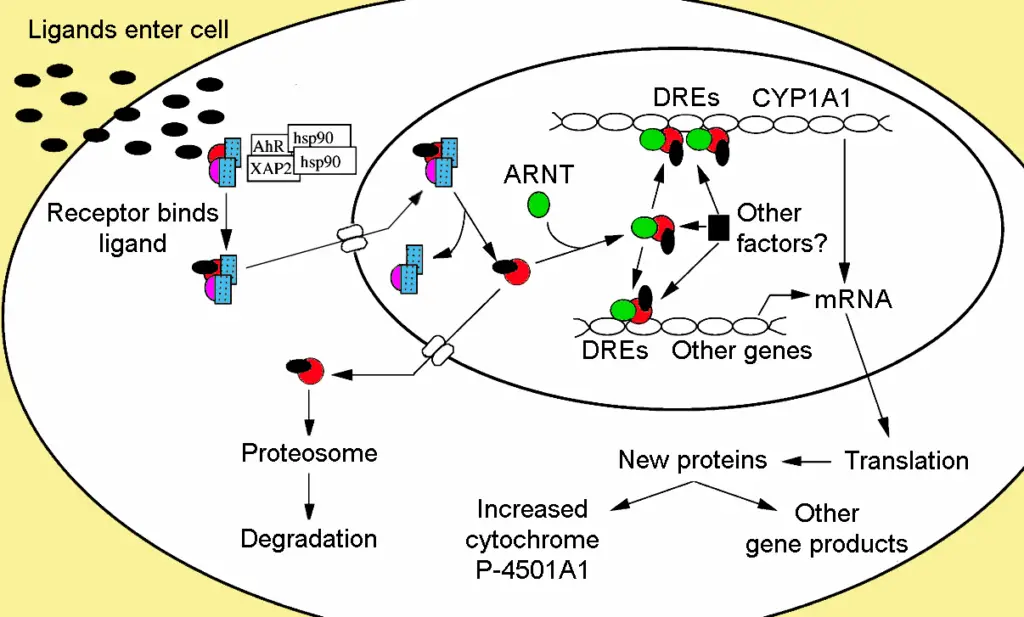
The Aryl Hydrocarbon Receptor (AHR) pathway is a critical regulator of the immune system. Think of AHR signaling as a master control switch—it helps determine when the immune system should ramp up or dial down its activity. Disruption in this pathway can lead to immune imbalance, contributing to autoimmune diseases like lupus.
For a deeper understanding of AHR’s immune role, visit Cell Press.
6. Insufficient AHR Activation: The Hidden Defect
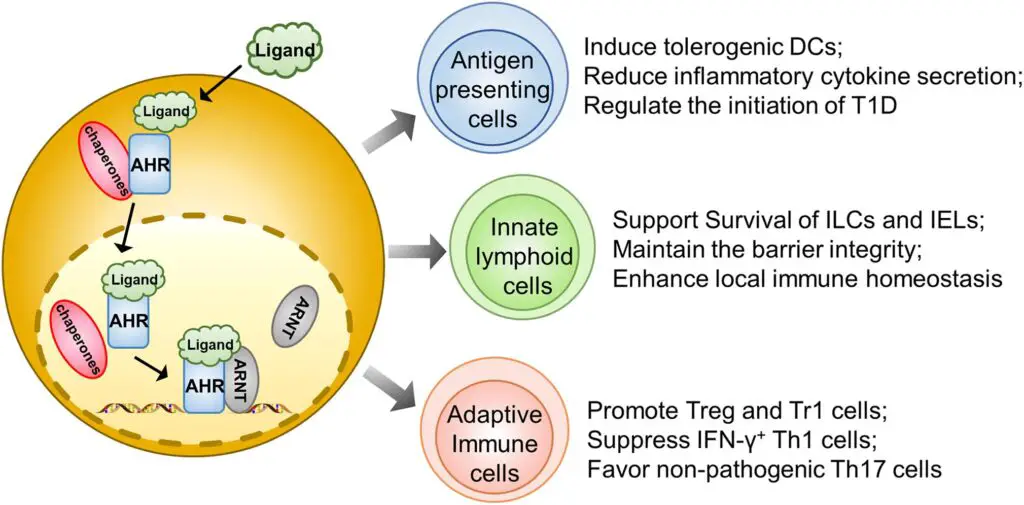
Researchers found that lupus patients have insufficient activation of the AHR pathway compared to healthy individuals. This defect means the immune system’s “off switch” doesn’t work properly, leading to ongoing immune attacks on the body’s own tissues. By contrast, healthy people have balanced AHR signaling, which helps prevent these misfires.
Explore more insights at Northwestern News.
7. Disease-Causing Cells: A New Target

The study highlighted how T cells and B cells—key players in the immune response—are reprogrammed in lupus due to faulty AHR signaling. This abnormal behavior sets lupus apart from similar autoimmune diseases, making these cells a promising new therapeutic target.
Learn more about these findings at ScienceDaily.
8. Human DNA: The ‘Off Switch’ Revealed
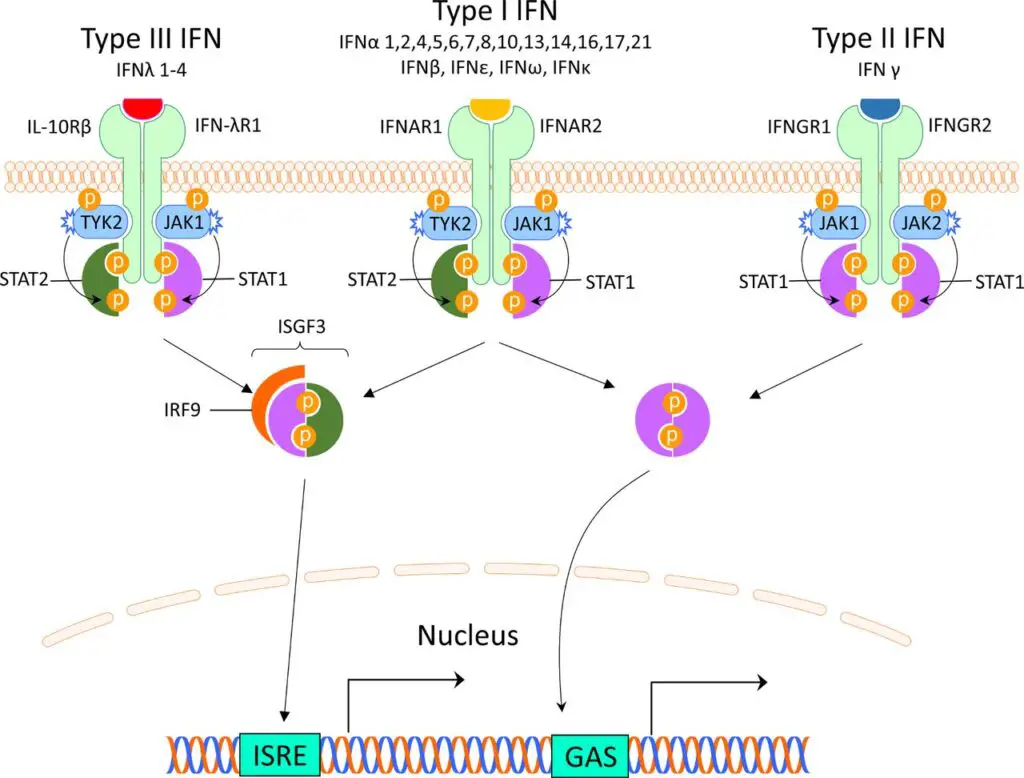
Scientists pinpointed a genetic regulator within human DNA that functions as an “off switch” for lupus when activated. This discovery is similar to genetic switches identified in other diseases, but uniquely tailored to lupus. Activating this switch halts the autoimmune attack and may stop symptoms in their tracks.
For further details, see the Nature research.
9. Reprogramming the Immune System
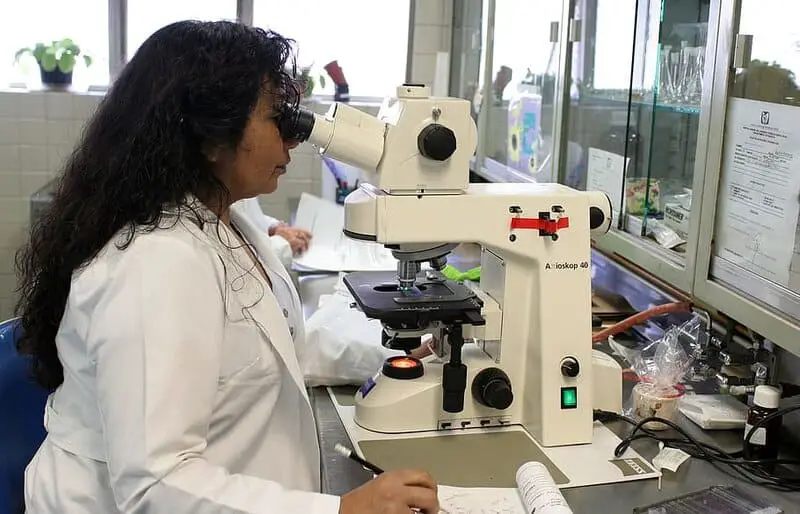
In laboratory experiments, scientists managed to reprogram disease-causing immune cells by activating the AHR pathway. This approach essentially “reset” the immune system, stopping it from attacking healthy tissue. Unlike traditional therapies that broadly suppress immune activity, this method is more precise—targeting the root cause without leaving patients vulnerable to infection.
Discover more about this innovative approach at Northwestern Feinberg.
10. Animal Model Successes
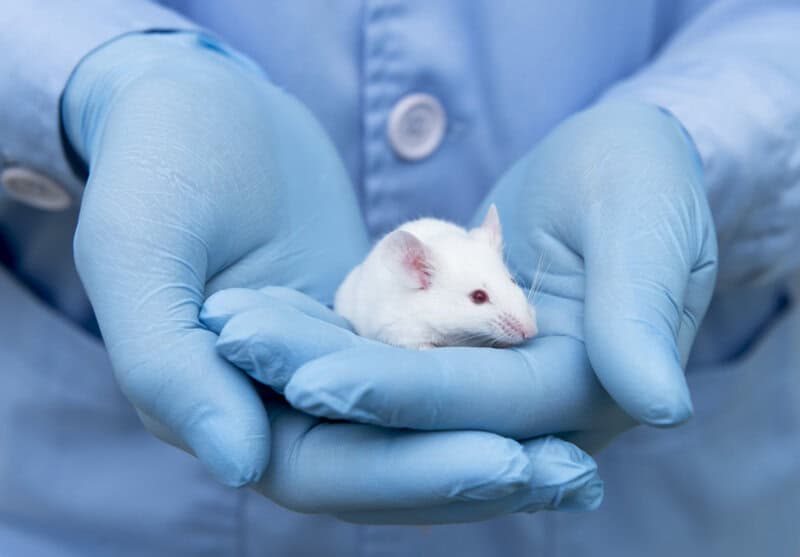
In animal studies, activating the AHR pathway resulted in a remarkable reversal of lupus-like symptoms. These results surpassed earlier lupus animal research, which often struggled to achieve lasting improvements. The successful reset of immune function in these models offers strong evidence for future therapies.
For additional information, visit the NIH animal research spotlight.
11. The Role of Genetics in Lupus
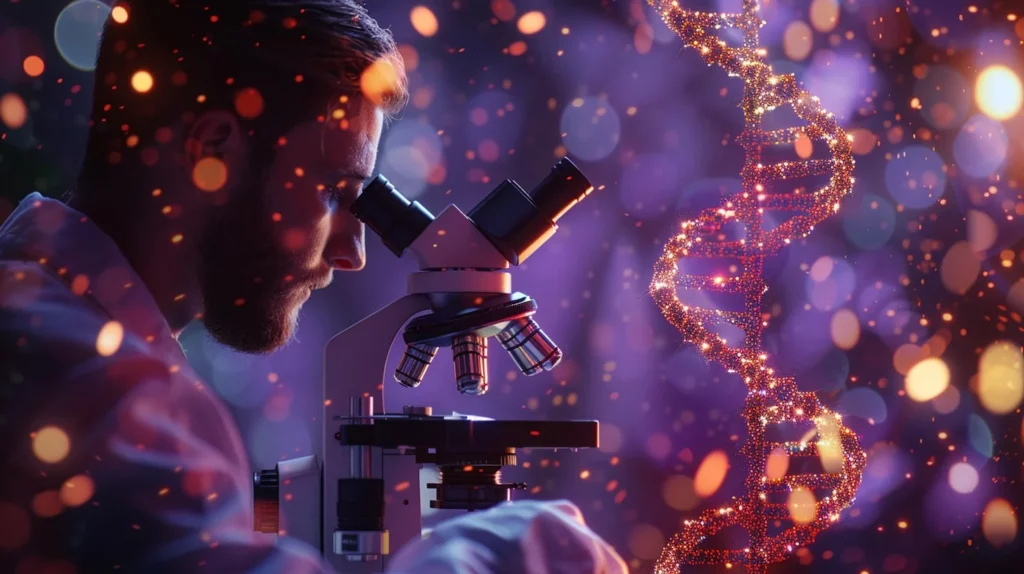
Genetics play a crucial part in determining who develops lupus. Specific gene variants can increase susceptibility, often clustering in families. This new discovery adds to our understanding of how genetic regulators influence autoimmune risk and disease progression.
For a broader perspective, visit Genetics Home Reference.
12. Potential for Disease Reversal

Perhaps the most exciting aspect of this research is the potential to reverse lupus by activating the AHR pathway. Unlike conventional treatments that only suppress symptoms, this approach addresses the disease at its genetic core. If confirmed in humans, it could mark the first true reversal of lupus ever observed.
Read the press release at Northwestern Now.
13. Comparison to Current Lupus Treatments

Traditional lupus treatments—such as corticosteroids and immunosuppressants—focus on controlling symptoms and lowering immune activity. While these drugs can reduce flares, they carry significant side effects and do not cure the disease. In contrast, the new genetic approach aims to correct the underlying cause, promising far more than symptom management.
For an overview, see the Mayo Clinic.
14. Implications for Personalized Medicine

Identifying the genetic “off switch” for lupus opens the door to personalized medicine. Future therapies could be tailored to each patient’s unique DNA profile, maximizing effectiveness while minimizing side effects. This individualized approach represents a major leap from one-size-fits-all treatments.
Learn more about the promise of personalized lupus therapies at the NIH report.
15. Broader Impact on Other Autoimmune Diseases
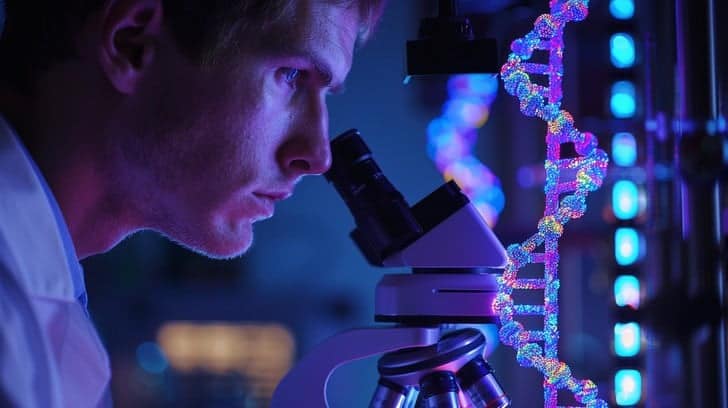
This genetic breakthrough may not be limited to lupus. Scientists believe similar genetic “off switches” could exist for other autoimmune diseases, such as rheumatoid arthritis or multiple sclerosis. These findings open new avenues for research and future therapies across the autoimmune spectrum.
Explore related discoveries at the Autoimmune Association.
16. Future Clinical Trials and Human Testing

The next critical step is launching human clinical trials to test the safety and effectiveness of AHR activation therapies for lupus. Researchers will carefully evaluate how the treatment performs in people, following a process similar to other gene-based therapies—which often take years to fully validate.
To track ongoing and upcoming studies, visit ClinicalTrials.gov.
17. Challenges Ahead for Translation to Therapy

Translating this breakthrough into an approved treatment comes with significant challenges. Scientists must develop safe and effective drugs that specifically activate the AHR pathway. The process involves rigorous regulatory approval and extensive long-term monitoring for potential side effects.
For an overview of how new drugs reach patients, see the FDA drug approval process.
18. Patient Stories: Hope on the Horizon

Lupus patients and advocacy groups have greeted this discovery with renewed hope. Many see it as a turning point, finally offering the promise of a true cure rather than lifelong management. Their stories reflect both resilience and optimism for the future.
Read firsthand accounts at Lupus UK.
19. The Role of Funding and Philanthropy

Breakthroughs like this are made possible by dedicated research funding and generous philanthropic support. Ongoing investment fuels innovative projects and accelerates progress toward a cure.
Find out how you can contribute at the Lupus Research Alliance.
20. The Roadmap to a Cure: Next Steps

The research team has outlined a clear roadmap to a cure, including further laboratory studies, human clinical trials, and collaboration with pharmaceutical partners. Their strategic plan ensures that each milestone brings us closer to real-world therapies.
Stay updated on their progress at Northwestern Medicine news.
21. A New Era in Lupus Research

This discovery signals a new era in lupus research, shifting the focus from symptom control to genuine disease reversal and, possibly, a cure. Scientists and patients alike are optimistic that these findings could transform the landscape of autoimmune disease treatment.
For further reading on this breakthrough, visit Science Magazine.
Conclusion

The collaborative discovery by Northwestern Medicine and Brigham and Women’s Hospital represents a landmark moment in lupus research, offering real hope that the disease could one day be reversed or even cured. This breakthrough serves as a beacon for patients and families, while highlighting the necessity for continued investment in scientific research.
If you or a loved one is affected by lupus, always consult a qualified healthcare professional for medical advice.
Together, we move closer to a world without lupus.

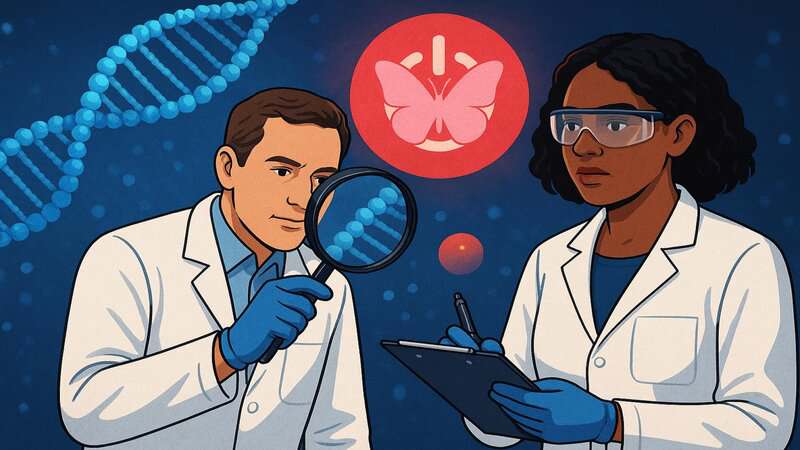

Vielleicht interessiert es Sie:
Wussten Sie! Minensuchratten auf dem Schlachtfeld und sie sind super effektiv!
Wie viele Giraffenarten gibt es? Leben sie alle in Afrika?
Der Vogel ist das Weibchen der Vögel: wahr oder falsch?
Warum bauen Biber Dämme? Welchen Nutzen?
Warum leben manche Tiere nachtaktiv? Welche Vorteile?
Küssen Tiere? Ist das die gleiche Bedeutung wie Menschen?
200+ Hilarious Seahorse Jokes That Will Make You Smile and Giggle
200+ Funny Investment Jokes to Boost Your Financial Humor Game